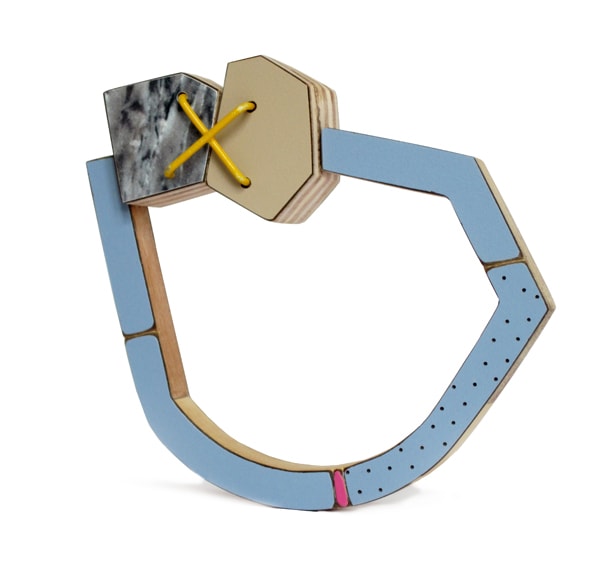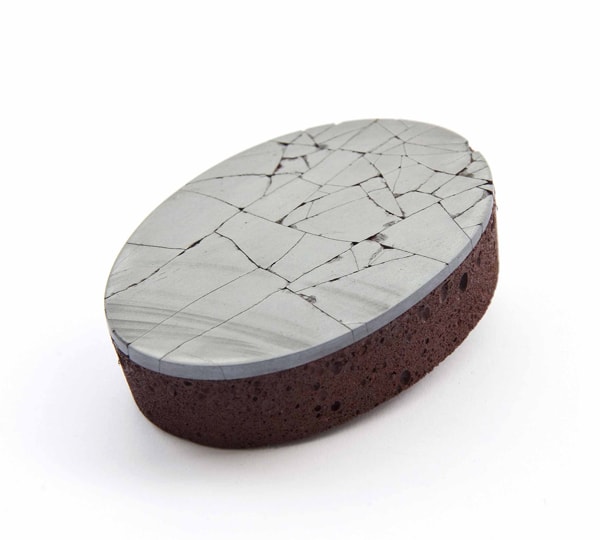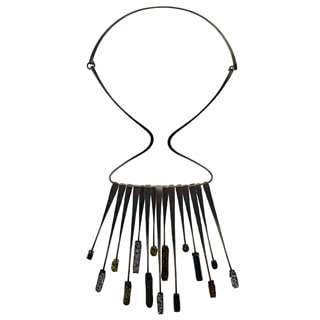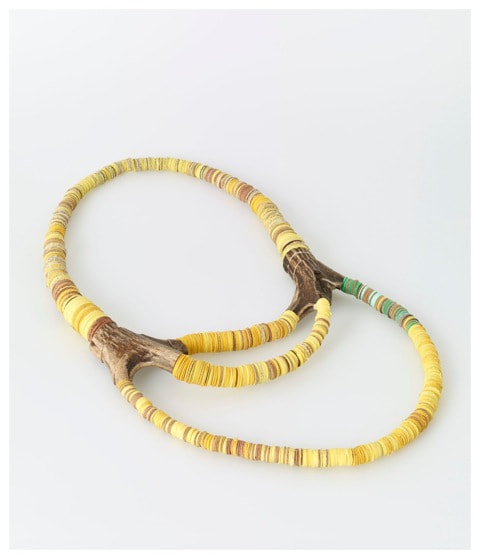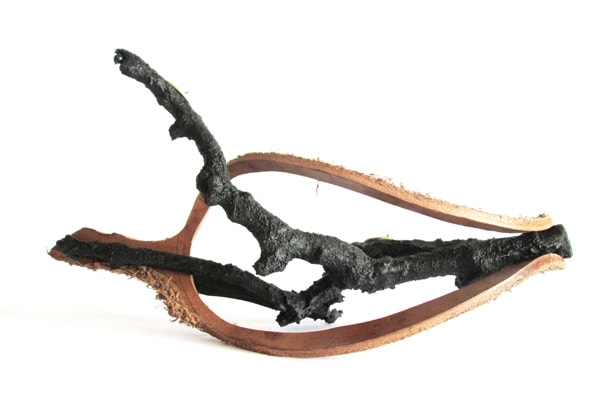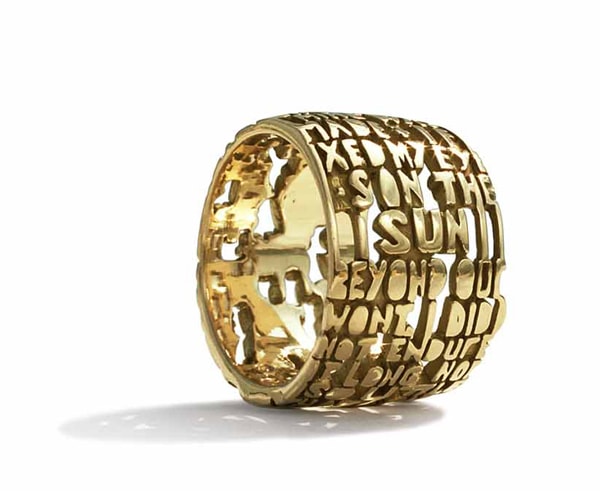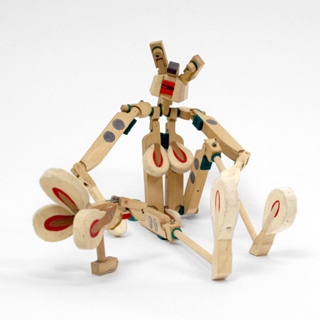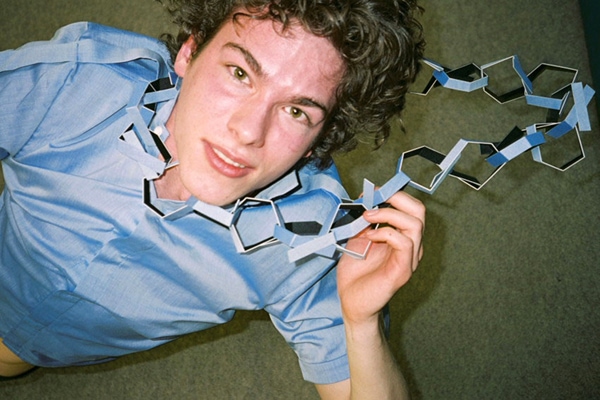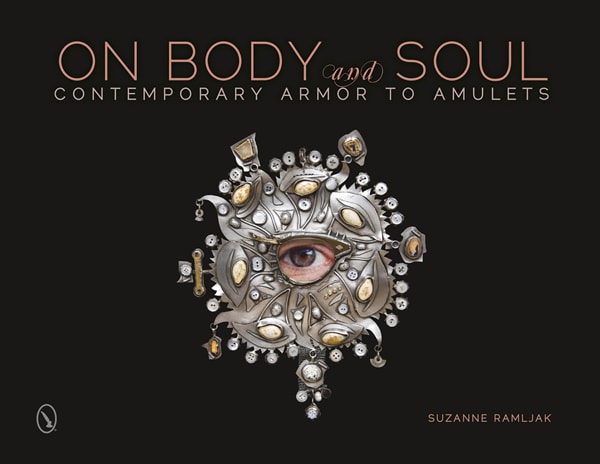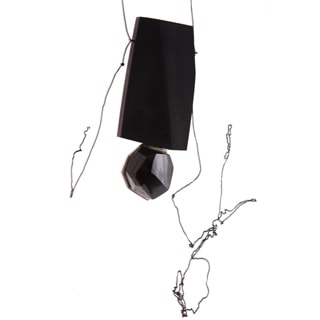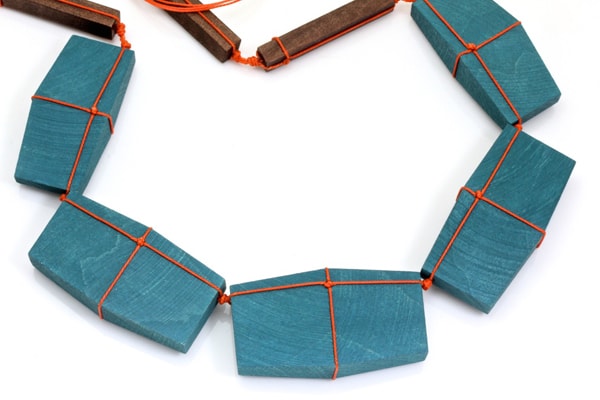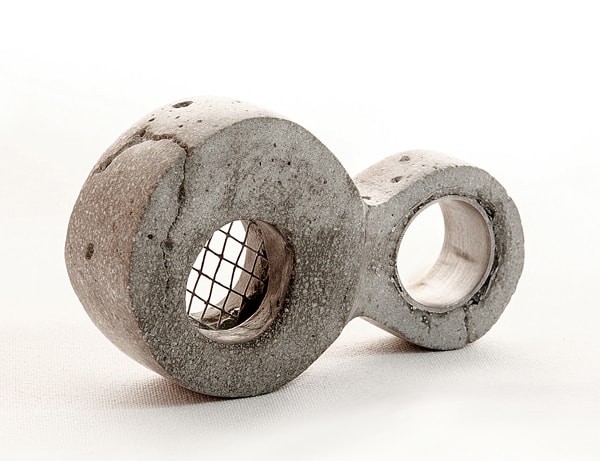Courtney Kemp and Karen Vanmol: Home
 Heidi Lowe Gallery is currently having a two-person show called Home, featuring the work of Courtney Kemp and Karen Vanmol.
Heidi Lowe Gallery is currently having a two-person show called Home, featuring the work of Courtney Kemp and Karen Vanmol.
Courtney Kemp, who lives in Oregon, keeps both a jewelry and a sculpture practice. In her jewelry, she restructures mundane, domestic bits of living spaces into contemporary and precious wearables. She currently teaches at the Oregon College of Art and Craft and the University of Oregon.
Karen Vanmol, a jewelry artist based in Belgium, explores the tension between city and countryside as familiar childhood landscapes fade and as her understanding of the world is constantly “under construction.” This is her fourth time showing work at the Heidi Lowe Gallery.
Olivia Shih: Can you talk about your background and about how you found your way to making jewelry?
Courtney Kemp: Growing up, I was always excited about building and making. We lived on a farm that had been in my father’s family for years and was filled with really archaic architecture and machinery, so there was the consistent need for repairing and rebuilding. I fell into making jewelry in college without any prior experience or concrete knowledge about the field, but with a solid background in tinkering. I feel it was more the material itself that drew me in, rather than the format. The potentials of working with metal seemed endless.
Courtney Kemp and Karen Vanmol: Home Read More »
